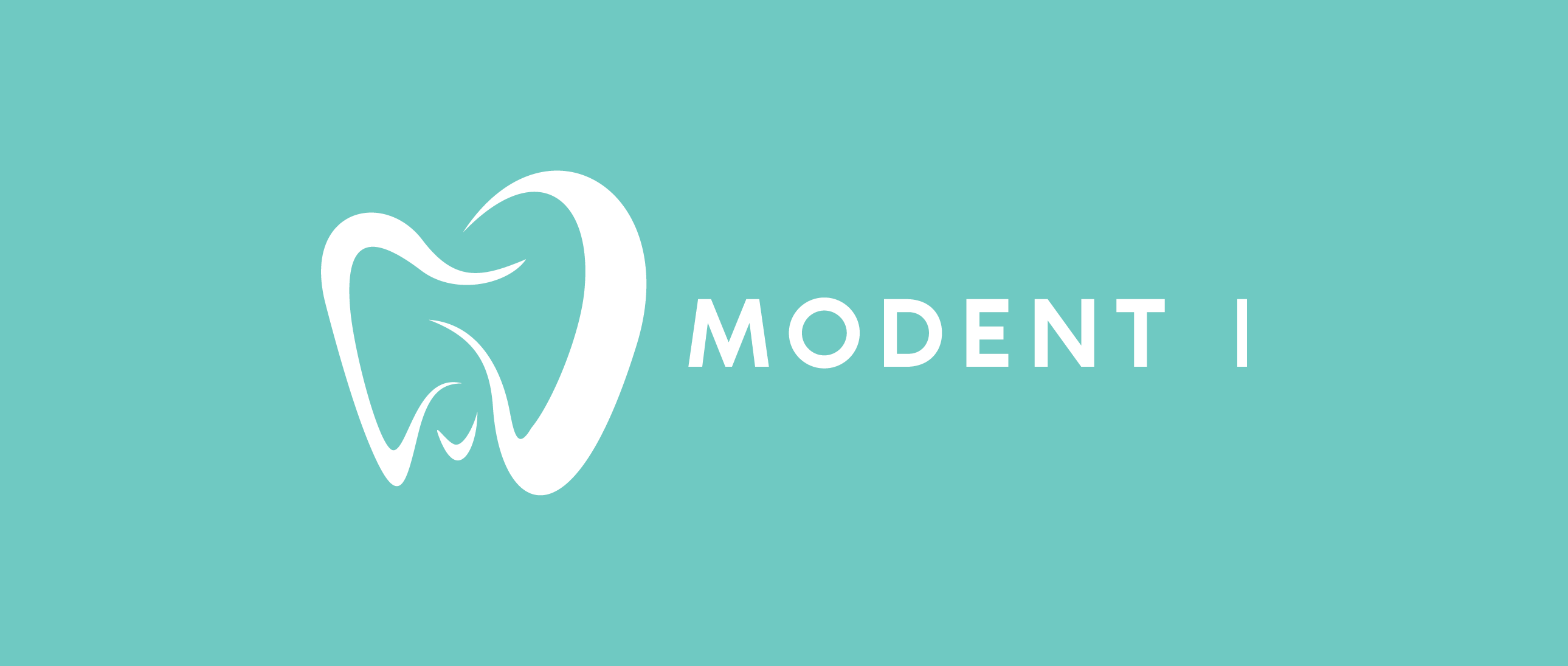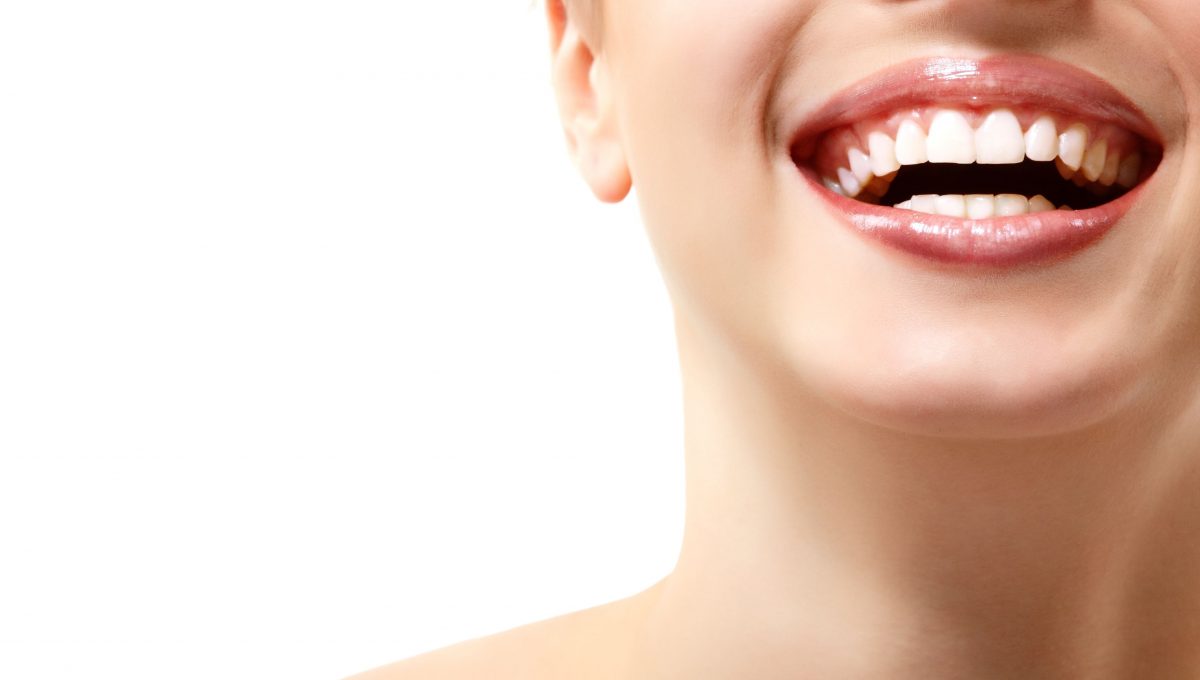6 ways to keep your gums healthy

Everything you need to know about cavities
January 24, 2019
5 ways to take care for your mouth in flu season
February 7, 2019When it comes to a healthy lip cavity, not all revolves around a nice white smile and straight teeth. You should take as much care of your gums as you do of your teeth. Even if your teeth are completely healthy, and you visit your dentist regularly and do not have cavity, that definitely doesn’t mean that you are immune to gum disease.
The biggest issue with gum diseases is that they are usually painless, so most of us do not even know what is going on.
What is gum disease?
Gum disease appears when plaque starts accumulating underneath and at the very edge of the gums. Plaque is a very sticky substance that is actually full of bacteria and can lead to severe pain in the gums, bones and even cause rotting of the teeth. It is actually one of the most common causes of gingivitis, an early stage of gum disease.
Some of the symptoms of gingivitis are:
Inflamed gums
Sensitivity
Redness
Swelling
Bleeding gums
Luckily, the bone itself, as well as the tissue that holds the teeth, is usually not effected by gingivitis, and the process itself is reversable, but if it is not properly taken care of it can cause periodontitis, a slightly harsher form of gum disease that can damage your gums, bones and the tissue that is connected to the teeth.
Some of the indicators that you might have some form of gum disease are:
Bad breath
Teeth loss
Bleeding gums
Swollen, red, sensitive gums
Receding gums
Prevention is the key when it comes to gum disease, and that is why you should do everything necessary to prevent it.
Use floss
It is very important to floss at least once a day. Only then you can rest assured that you have had removed all the plaque and the food from the area that cannot be reached with a toothbrush. Most dentists agree that it is not important at what time of the day you use floss, as long as you do it at least once.
Clean your teeth regularly
In this case we do not mean using your toothbrush only, but the cleaning that your dentist does, and that should be done regularly. In that way you will be able to see the symptoms and treat them in time, before the disease gets serious. Professional cleansing is the only way to remove calculus and plaque that you cannot remove solely with a toothbrush.
Stop smoking
Smoking is related to gum disease. Because smoking has a bad effect on your immune system it makes it harder to fight gum disease and infections.
Wash your teeth regularly
You should wash your teeth after every single meal, or at least twice a day. While you are washing your teeth, make sure to also clean your tongue, because it contains a lot of bacteria. You should definitely consider getting an electric toothbrush that lowers the chances of your gums being affected by gingivitis, because they get rid of the plaque more efficiently.
Use a toothpaste with fluoride
The thing you should put some extra attention to when buying a toothpaste is to check the ingredients, and not flavour or smell. Definitely make sure that the paste you are using contains fluoride, because it helps preventing gingivitis by lowering the amount of plaque.
Use mouthwash
When it comes to our dental hygiene, we usually forget to use mouthwash, which is actually a very important part of it. It prevents calculus and helps us get rid of the food leftovers that toothbrush and floss cannot help us with.




